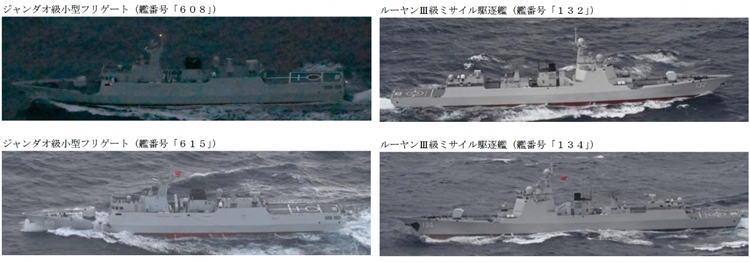
Eleven U.S. states have imposed a ban on the sale of gasoline-powered cars that will take effect by 2035; a ban by one additional state will take effect by 2030. The prohibitionists hope to push consumers into the arms of the electric vehicle market—even if there are too few charging stations and not enough power generation to accommodate them.
China is waiting
China is waiting to supply America’s mandated vehicles, whatever the infrastructure. China is waiting right there over the border in Mexico. It is building electric car factories in Mexico and exporting electric cars there.
Whereas the electric cars sold in America are high-end, high-tech, luxury products aimed at a niche clientele, China’s electric cars in Mexico, in developing nations, and in China itself are cheaper and more affordable.
Al Jazeera reports that the Dolphin Mini, produced by the Chinese manufacturer BYD, “costs $21,000 to buy in Mexico. The cheapest US equivalent, by comparison, would be the Nissan Leaf at $29,000 or the Chevrolet Bolt at about $27,000.” Likewise, “The price of a BYD Yuan Plus (sold as the Atto 3 outside of China), starts at 119,800 yuan ($16,550) both inside and outside China.”
If you are willing to work through the import hassle, you can even go to Alibaba.com and buy a Wuling Hongguang Mini (made in partnership with GM) for $4,685. That’s a new car for four figures. Tariffs, you say? At 100% this item would still ring up at $9,370.
California and sister progressive states have set themselves up for wave upon wave of cheap Chinese electric imports.
The federal government is helping: “Mexican production offers China another benefit as the U.S. tries to drive EV adoption. Our new federal EV tax credit requires a vehicle to be assembled in North America and for its battery minerals to be sourced or processed within Agreement countries in order to be eligible. That would mean a Mexican plant would not only skirt some of the U.S.’s protectionist tariffs, but also allow buyers of Chinese EVs to claim federal tax credits.”
As if Chinese state subsidies are not enough, then, their automakers will also receive U.S. tax credits.
Cheaper, better
In Europe, the situation is just as bad, and the EU is looking to protect its automakers from China’s electric cars. Last year the CEO of Renault, Luca de Meo, said: “It’s clear that they are very competitive in the electric car value chain. I think they are a generation ahead of us. We need to catch up very, very quickly.”
How to read that? Chinese EVs are not only cheaper, they’re better and more advanced.
People like cheaper and better. The consultancy Jato Dynamics notes that China’s focus “has been to ensure that EVs were accessible for the masses, and it has done so to great success.”
The International Energy Agency reported in April 2024 that “more than 60% of electric cars sold in 2023 [in China] were already cheaper than their average combustion engine equivalent. However, electric cars remain 10% to 50% more expensive than combustion engine equivalents in Europe and the United States, depending on the country and car segment.”
Wouldn’t you know it, the European Union also has a ban on the sale of cars with internal combustion engines, one that takes effect in 2035.
More than a year ago, BMW’s CEO Oliver Zipse “said that, as a consequence of the upcoming EU ban on conventional vehicles and growing competition from Chinese automakers, European mass-market carmakers might exit the production of mass-market cars after the ban comes into effect, due to profitability concerns.”
European car companies will fold up their tents, steal into the night and leave the EU auto market to China’s EV companies. They cannot compete, and tariffs won’t save them.
China’s surrender
You may think that this is unjust and may rage against the unfairness of Chinese subsidies, incentives, tax breaks, and special road-related rights and permissions. Likewise against Beijing’s export support.
But consider this: China’s interest in electric vehicles is driven in large part by surrender. China realized years ago that it cannot match the technology of American and European internal combustion engines. China’s auto industry realized “that they would never overtake the US, German, and Japanese legacy automakers on internal-combustion engine innovation.”
So China developed an alternative in which its technology is superior and a market in which it can dominate.
As if to accommodate the Chinese, America and Europe are in process of surrendering their own superior technology, developed over 148 years and beloved by the public.
There are electric cars. Some are better than others. But all are less developed and less refined than internal combustion technology. And are actually inferior to it.
Bans and subsidies will protect the newer, inferior technology at a time when the better answer to Chinese electric cars is already in place: a mature technology, the internal combustion engine.
Let the subsidized electric car compete with the unsubsidized ICE car, and may the best technology win. □
James Roth works for a major defense contractor in Virginia.





